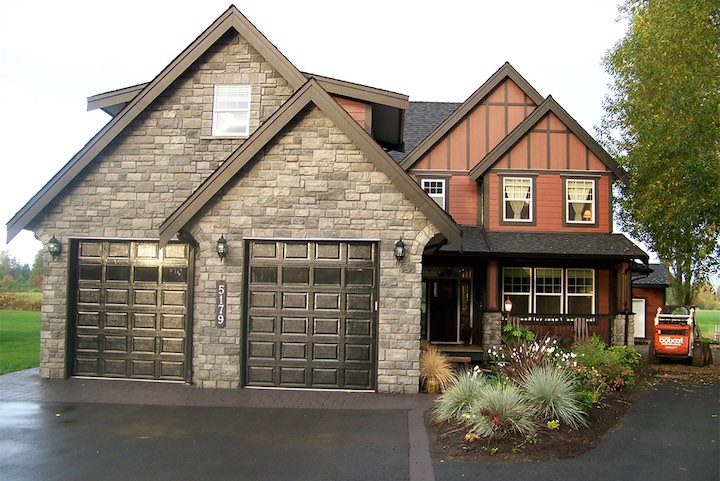Materials, craftsmanship and design might just make the new home of today, the character home of the future. More importantly, it is the engineering, building science and application of a minimum building standard that will result in our future homes being more durable, healthy and efficient.
Like most people, I hate to see these opulent character heritage homes removed from our streetscape forever. These homes have history and were built for influential people like judges, doctors and wealthy business merchants. They have a level of craftsmanship and quality of materials seen from only in the finest homes of that generation.
Truthfully, these magnificent homes are rare but do the vast majority of homes that are demolished have the same level of workmanship and quality of material? Are all older homes from previous generations quality, well-built homes? There is an adage, “They don’t make them like they used to.” Does this apply to homes as well?
The remainder of the article will be comparing average older homes with today’s average new homes. Let’s look at some facts and compare in several critical areas.
Remember the basement of your grandparent’s home that smelled musty and felt damp? These basements were never intended as living spaces. Damp proofing was minimal or nonexistent resulting in a basement that often-had moisture issues. Lack of insulation and vapour barrier under the concrete basement slab worsened the issue. The older clay draintile was inferior and prone to failure and floods.
Current newly built homes have a damp proofing spray applied to the exterior of the foundation wall with a plastic dimpled drainage mat secured over the surface of the damp proofing coating. This provides a drainage cavity for water to drain down to the superior PVC drainage piping protecting the basement from water infiltration. In addition, a poly vapour barrier is installed and rigid insulation is often installed under the concrete basement slab. This keeps the basement dry, warm and comfortable making basements more livable than their predecessors.
Older homes were not built to our current engineering standards. Foundations did not have steel and many had no footings which provide support to the foundation. This would cause uneven settling with one corner of the house or porch dropping several inches. Floor joists were undersized resulting in a floor that was bouncy and squeaky. Roofs were hand framed with no engineering and eventually the ridge of the roof would sag.
All new homes must be built to engineering specifications and inspected. Footings and foundations are larger with steel installed. Floors assemblies are engineered to carry the load from above and beams are correctly sized. Trusses are also engineered to withstand snow loads and not fail. New homes are much less likely to experience large amounts of settling, failure of structural members or squeaks in floors.
Climate change has necessitated more stringent standards for protection of homes from hurricanes, snow loads, and driving rain. We need to build the home to withstand the potential weather patterns in 50 years. The same applies to earthquake protection. More attention has been given to building homes that can withstand an earthquake which could level homes from decades ago.
In the past, fuel was either free or inexpensive; older homes did not need to be airtight or efficient. With the escalating price of fuel, it is not prudent to operate a leaky inefficient home. Current energy building codes are vastly superior over the homes build generations ago that applied few standards.
Asbestos, lead paint, formaldehyde, and mercury were prevalent in older homes. In addition, precautions were not taken to mitigate the deadly radon gas. New homes are healthier with products that have undergone extensive testing to be verified as safe. Albeit, time will tell which harmful products we continue to unknowingly place in our homes.
When an older home undergoes a renovation, we try to replace the old and dangerous knob and tube wiring or the aluminum wiring with the current code approved copper wiring. Circuit breakers are safer and less fixtures are installed per circuit. The same upgrades would apply to the plumbing, heating and ventilation as well as many other areas of the home.
In conclusion, the fabulous handcrafted character homes need to be protected but the same does not apply to the average older home. Builders are providing a service replacing dilapidated, unhealthy, unsafe and inefficient houses with durable, healthy, safe and efficient homes. Future generations will benefit from our advances in engineering, building science and application of a minimum building standard. Love your new home.



Recent Comments